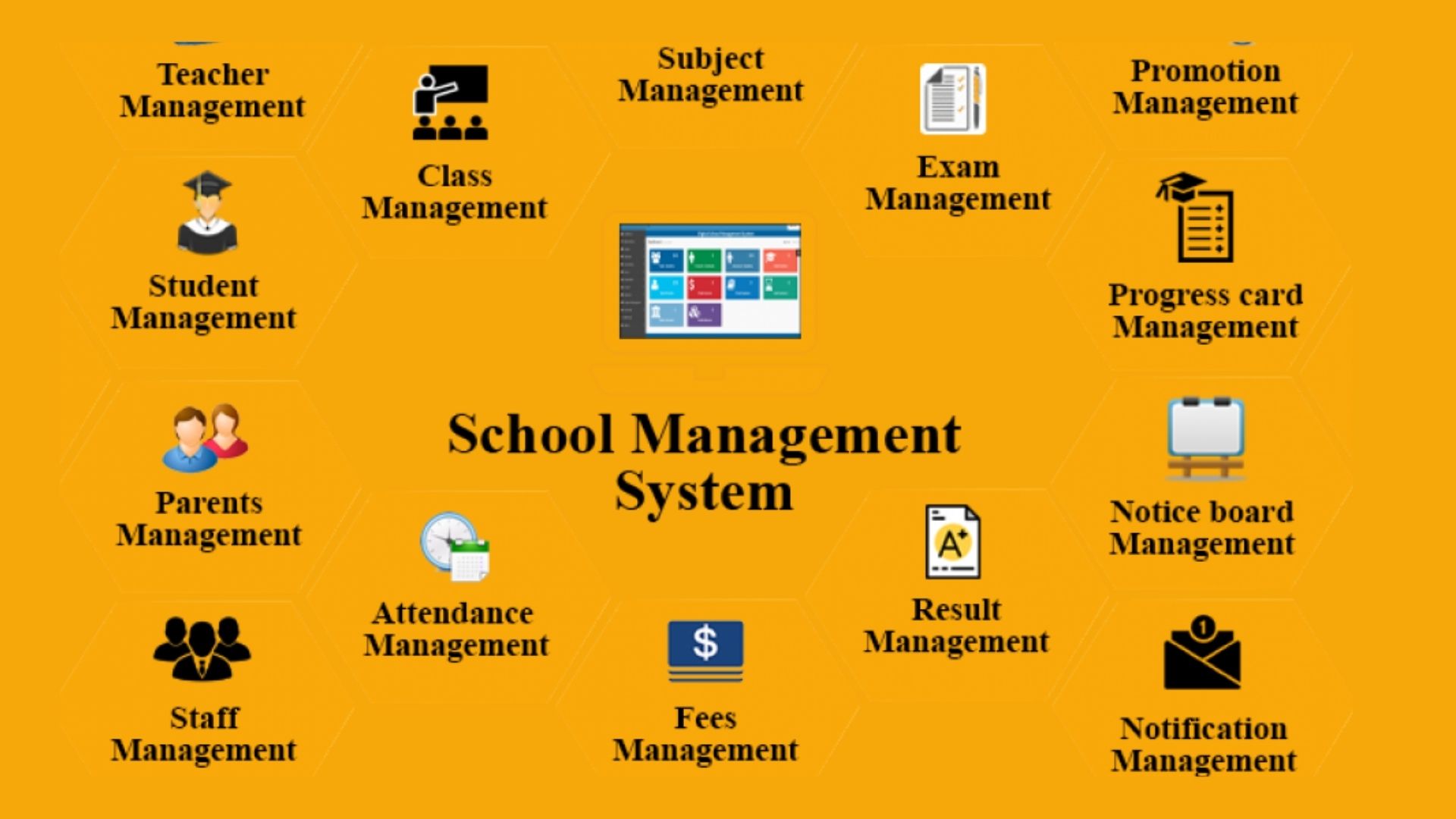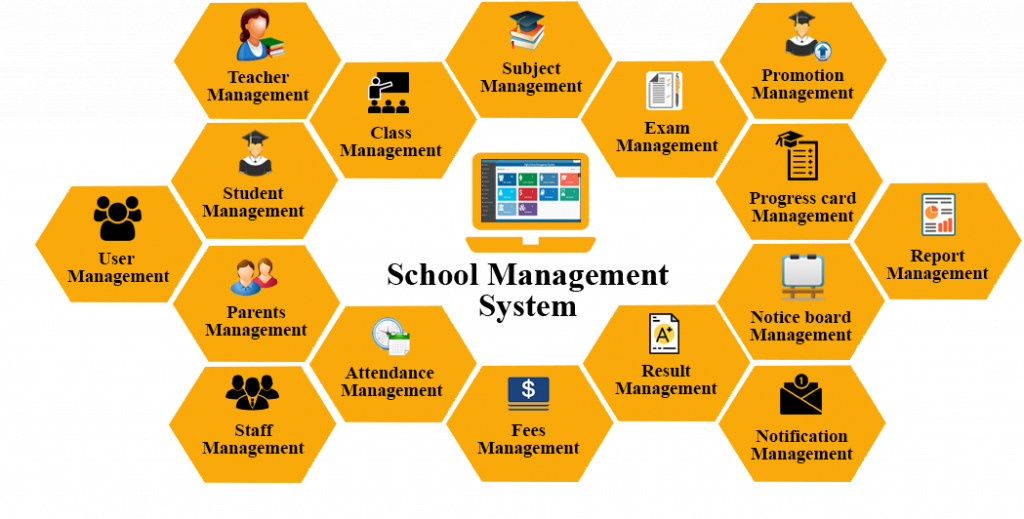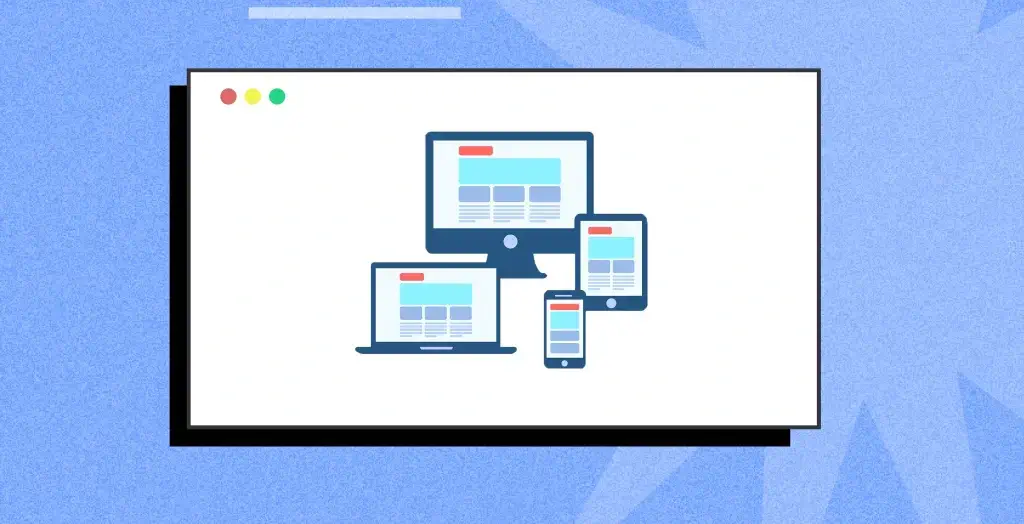
Managing a school involves handling many tasks, like tracking attendance and managing admissions. In the past, these duties were time-consuming. However, School Management Systems (SMS) now allow schools to automate these processes. This helps save time and reduces errors. It also improves communication between staff, students, and parents.
In this guide, we explore how modern School Management Systems can streamline operations and make school management more efficient.
What is a School Management System?
A School Management System (SMS) is a digital tool. It automates important tasks such as attendance tracking, scheduling, and fee collection. Instead of using manual methods, schools can manage everything through one platform. This leads to faster, more efficient processes with fewer mistakes.
Key Features of an SMS:
- Attendance Tracking
- Class Scheduling
- Admissions Management
- Fee Collection and Payroll
- Visitor and Facilities Management
- Communication Tools
Each feature reduces manual effort and improves accuracy, making daily operations run smoothly.
Why Schools Need a School Management System
1. Streamlining Administrative Tasks
In the past, schools relied on paper-based methods for tracking attendance and creating schedules. These systems were slow and prone to errors. Now, with a School Management System, these tasks are automated. For example, Attendance Tracking Software lets teachers record attendance without manually inputting data. This reduces mistakes and saves time. For more insights on the role of automation in education, read this Forbes article.
2. Real-time Data Access
With a cloud-based SMS, data is available in real-time. Teachers, parents, and students can access attendance records, grades, and schedules with a few clicks. This transparency helps keep everyone informed. To learn more about how cloud technology improves education, check out this EdTech article.
3. Improving Communication
Good communication is essential for schools. A School Management System allows schools to send updates to parents, teachers, and students instantly. For example, it can send reminders about school events or assignment deadlines. This keeps everyone informed. For more information on improving school communication, visit our School Communication Software page or check out this eSchool News article.

Key Features of a Modern School Management System
1. Attendance Tracking Software
Tracking attendance is one of the most important tasks in schools. Attendance Tracking Software records attendance in real-time and generates reports. This allows administrators to access data quickly. To see how this can benefit your school, visit our School Attendance Software page.
2. Class Scheduling Software
Scheduling classes can be complicated. Class Scheduling Software automates this process, ensuring there are no conflicts. It helps schools create timetables efficiently. Learn more about scheduling tools on our School Scheduling Software page. Also, read this Edutopia article for tips on time management for school leaders.
3. Admission Software
Handling admissions can be stressful for schools. Admission Software simplifies this by automating the entire process. It manages applications and verifies documents easily. Learn more about how this can help schools on our Admission Software for Schools page. For more information on why admission management is crucial, read this Education Corner article.
4. Payment and Payroll Management
Managing school finances is a complex task. School Payment and Payroll Software automates fee collection and payroll, reducing errors. It makes it easy to track payments and manage payrolls. Learn more on our School Payment and Payroll Software page. You can also read this EdSurge article on why digitizing financial systems is important.
5. Facilities and Visitor Management Software
Schools need to manage their facilities and ensure security. Facilities Management Software helps track equipment and schedules maintenance. Visitor Management Software monitors who enters and exits the school. This ensures safety on school premises. Learn more about these systems on our Facilities Management Software and Visitor Management Software pages.
Conclusion: The Future of School Management
As schools evolve, adopting modern systems becomes essential. A School Management System automates daily tasks, improves communication, and provides transparency. These systems free schools from administrative burdens, allowing them to focus on education. Visit our School Management Software page to learn more about how VeCar Digital Programming can help your school.





